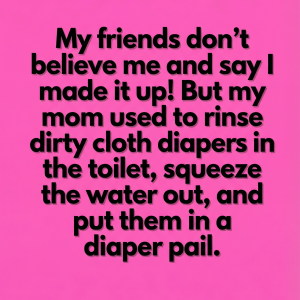We’ve all been there. It’s two in the morning, your throat is dry, and the bathroom sink is right there. But something makes you pause. You stare at the faucet, suddenly unsure. Is this water actually okay to drink, or are you about to make a regrettable decision?
I used to wonder the same thing. Turns out, the answer isn’t as complicated as I thought—but it does come with a few important details worth knowing.
The Short Answer? Probably Yes.
Here’s the reassuring part: in most modern homes, the water flowing from your bathroom tap comes from the exact same source as your kitchen faucet. Municipal water treatment doesn’t discriminate between rooms. The pipes leading to your bathroom sink carry the same city-treated water that fills your coffee pot each morning.
So if you’re in a newer home with updated plumbing, that quick sip at midnight isn’t going to hurt you.
But Age Makes a Difference
Now, here’s where things get a little more nuanced. Homes built before the mid-1980s sometimes still have older pipes—ones that might contain lead or materials that have corroded over time. If your house falls into that category, it might be worth testing your water quality, just to know what you’re working with.
A simple home testing kit can check for lead levels, chlorine, bacteria, and water hardness. It’s a small investment for peace of mind.
Why Does It Sometimes Taste… Different?
Ever noticed that bathroom water occasionally has a slightly odd taste? That’s usually not a sign of anything harmful. Water that sits in pipes for a while—especially in a faucet that doesn’t get used often—can go a bit stale. Run the tap for a few seconds, and that freshness returns.
Another factor: many households install water filters on their kitchen taps but not in bathrooms. So while both sources are technically safe, your kitchen water might simply be better filtered.
And No, It’s Not Connected to the Toilet
Let’s address the concern nobody wants to admit they’ve had. Your bathroom sink and toilet are not sharing water through some questionable pipe arrangement. Toilets fill with the same clean tap water as every other fixture in your home. Proximity to the toilet doesn’t contaminate your sink water.
That said, the sink itself is another matter. Toothpaste residue, soap splashes, and whatever else accumulates around the basin can introduce germs. Drinking directly from cupped hands over a grimy sink isn’t ideal—not because of the water, but because of what’s on the surface.
The Practical Takeaway
Reaching for bathroom tap water once in a while isn’t something to stress over. It’s generally safe, especially if your plumbing is reasonably modern. But as a daily habit? Your kitchen tap or a water bottle by your bed remains the cleaner, more reliable choice.
Sometimes the simplest questions have the most practical answers. Now you can take that late-night sip without the existential doubt.
Final Reflection:
Small questions about everyday habits often reveal how little we think about the systems that keep us safe. Understanding your home’s plumbing isn’t just about water quality—it’s about feeling confident in the small choices you make without a second thought.
Disclaimer: This article shares general wellness information inspired by common household questions. It is not intended as medical advice. For specific concerns about your water quality, consult local health authorities or conduct a professional water test.





